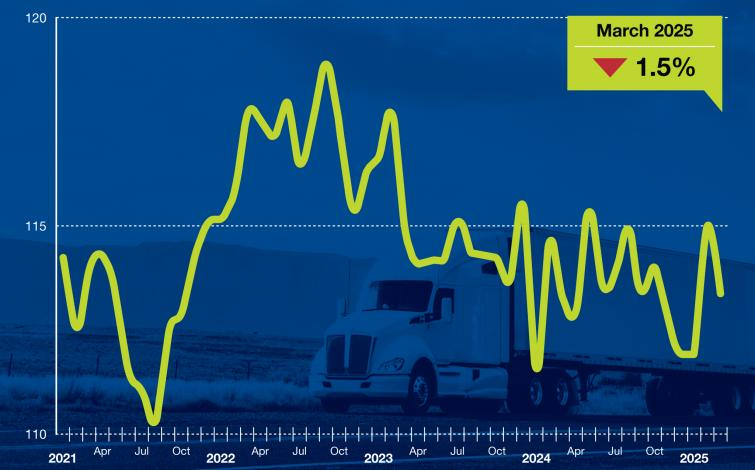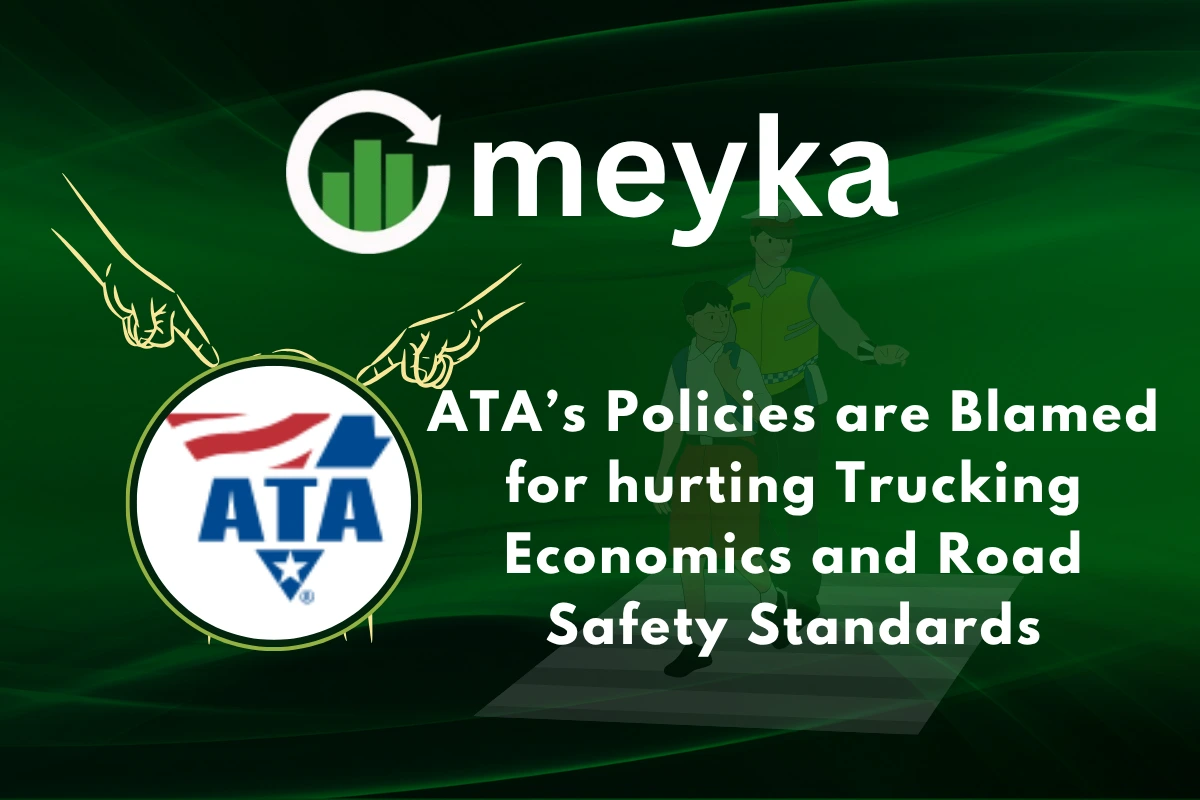ATA’s Policies are Blamed for hurting Trucking Economics and Road Safety Standards
As of October 24, 2025, the American Trucking Associations (ATA) stands at the centre of a major debate. Founded in 1933, this organisation claims to represent the interests of the US trucking industry, which hauls over 70 % of all freight tonnage in the country. Yet a growing chorus of drivers, small-fleet owners, and safety advocates says ATA’s policies may actually be harming the very backbone of trucking. These critics argue that certain rules push costs up, favour large carriers, and place heavier pressure on drivers, all while road‐safety standards risk being overlooked.
Let’s explore how ATA’s policy agenda, from lobbying tactics to regulatory priorities, might be undercutting fair economics and highway safety. We’ll ask: Is the trucking industry being balancedly served, or are profits and big players getting the upper hand at the expense of smaller operators and public safety?
Background: ATA’s Role in the Industry
The ATA speaks loudly in Washington. It lobbies on rules, funding, and standards that shape freight flows. The group represents many large carriers and industry partners. Its influence reaches hours-of-service rules, vehicle standards, and infrastructure priorities. The ATA also publishes data and forecasts that policymakers use.
Economic Impact of ATA-Aligned Policies
Policy shifts over the past five years have raised costs for small carriers. New mandates and tech investments hit fleets with thin margins first. Smaller firms often lack the capital to adopt expensive telematics and compliance systems. Larger carriers absorb those costs more easily. This dynamic speeds consolidation. A 2025 cost and performance analysis documented shrinking margins and heavy cost pressures across the sector.
Driver pay and job quality show mixed signals. Wages rose during pandemic disruptions. But 2024-2025 data show wage growth stalling while expenses for owners rose. Less money after costs squeezes owner-operators and small carriers. Turnover remains high. This reduces bargaining power for many drivers.

Contracting and rate pressure also matter. Large shippers demand low freight rates. Carriers respond by cutting operating margins. Smaller carriers struggle to compete on thin rates without scale. That dynamic concentrates market power among mega-fleets and brokerage platforms. An AI research tool review of sector metrics highlights how scale advantages translate into resilience during tight markets.
Road Safety Concerns tied to Policy Choices
Electronic Logging Devices (ELDs) were meant to improve compliance with hours of service. They did increase HOS compliance. But research and enforcement data show complex side effects. Independent drivers recorded higher rates of speeding violations after mandatory ELD use. Some studies also reported increases in certain crash counts as drivers raced against rigid schedules. These trends suggest that technology that enforces time limits can unintentionally raise risk if business models keep pushing productivity.
Pressure to run tight schedules drives risky behavior. Shippers’ demand for on-time pickup and delivery leaves little slack. Drivers face incentives to speed, shorten rest, or take unsafe detours. When compensation does not match workload, safety margins shrink. Recruitment and retention pressures amplify the problem.
Longer Combination Vehicles (LCVs) and heavier rigs are back in policy discussions. Proponents say LCVs lower per-ton costs and cut truck miles by carrying more freight per trip. Critics point to stability, braking, and mixed-traffic risks. Federal analyses show safety outcomes depend on where and how LCVs operate. Exclusive truck lanes could improve outcomes. But letting LCVs loose on mixed highways raises uncertainty for passenger motorists and local road networks.
A related worry is training. If carriers expand capacity quickly, training standards can slip. New hires often receive compressed instruction to fill seats. Less experienced drivers are more likely to be involved in incidents. High turnover makes sustained, high-quality training harder to maintain.
Counterarguments and the ATA Perspective
The ATA defends many of these positions as pragmatic. The group stresses safety gains from technology and efficient freight flows. It argues that modern telematics help monitor driver behavior and reduce violations. The ATA also points to innovations that cut emissions and improve vehicle safety. From the trade association’s view, modernization and scale create room for investments that benefit the whole network.
Those arguments have merit. Efficiency and safety can align under the right incentives. But critics say current incentives tilt too much toward cost-cutting. They argue that profit motives and lobbying shape policy choices more than unbiased safety science.
Solutions and Recommendations
Policy reform should balance scale benefits with protections for smaller operators and for drivers. Wage reforms that reflect true operating costs would reduce pressure on unsafe driving choices. Targeted subsidies or low-interest financing for compliance tech could ease the burden on small fleets.
Stronger, independent safety audits would complement industry programs and add public accountability. Investment in truck-only lanes or managed lanes could let larger rigs move freight with fewer interactions with passenger vehicles. Enhanced training standards and funded apprenticeships would raise baseline competence for new drivers. These measures can make safety gains durable.
Wrap Up
The policy mix favored by major industry actors, including ATA-backed priorities, has real economic and safety effects. Some choices benefit large carriers and lower per-mile costs. Other outcomes squeeze small operators and put drivers under pressure.
Better outcomes require rules that tie safety to fair pay and sustainable business models. Concrete actions on wages, training, and infrastructure could rebalance the field. The future of freight safety and a healthy trucking economy depends on policy that protects drivers, supports small carriers, and serves the public interest.
Frequently Asked Questions (FAQs)
As of October 24, 2025, some policies may increase workload and tech costs for drivers. Supporters say they improve the rules. Critics say pay and rest time are still low.
Some rules can be easier for large companies because they have more money for new tools. Small fleets sometimes struggle with costs. But ATA says rules support growth.
Safety tools like ELDs help track driving hours. But drivers still feel rushed to meet deadlines. Results are mixed, and experts keep studying safety changes in 2025.
Disclaimer: The content shared by Meyka AI PTY LTD is solely for research and informational purposes. Meyka is not a financial advisory service, and the information provided should not be considered investment or trading advice.






